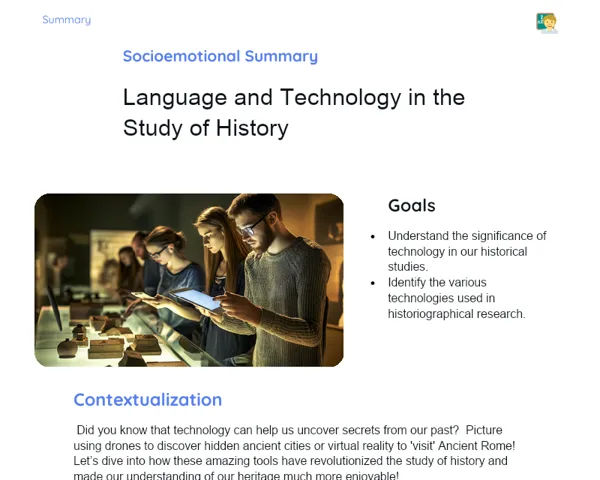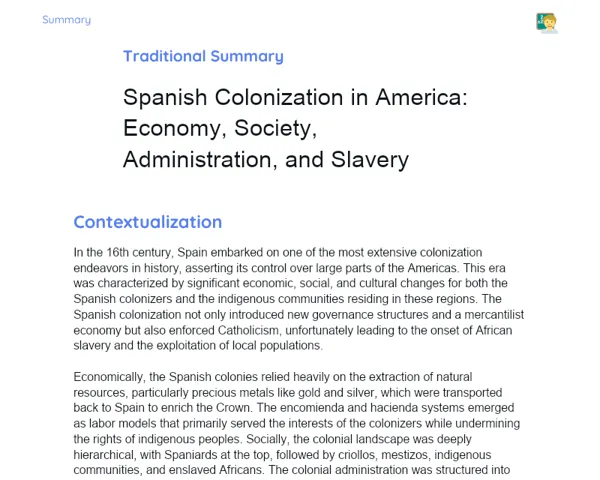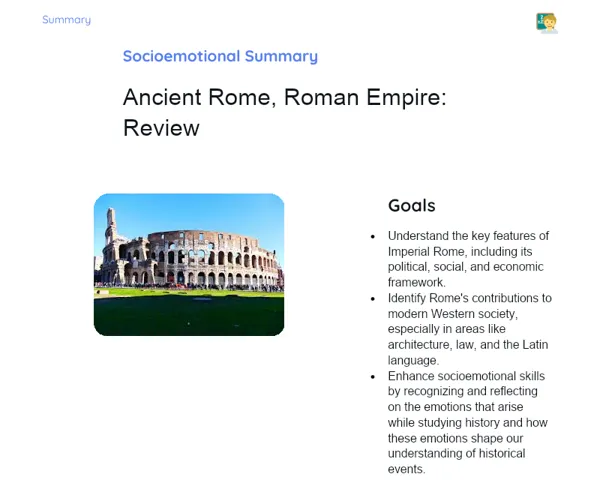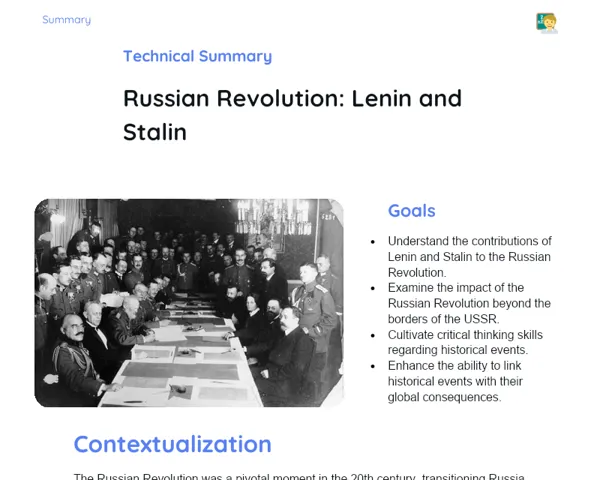Objectives
1. 🎯 Understand the political and social factors that led to the Protestant Reformation and the resulting emergence of different Protestant denominations.
2. 🎯 Analyze the effects of the Protestant Reformation on the social and political frameworks of 16th century Europe.
3. 🎯 Develop research, analytical, and argumentative skills through hands-on and interactive activities.
Contextualization
Did you know that the Protestant Reformation, spearheaded by Martin Luther, was not just a religious upheaval but also a landmark event that shaped modern Europe? This movement raised critical questions about the practices and authority of the Catholic Church and instigated significant political and social changes, including armed conflicts that altered the European landscape. Gaining an understanding of the Protestant Reformation is vital for grasping not only the evolution of Christianity but also the foundation of the modern state and the ongoing quest for individual rights and freedoms that remain relevant today.
Important Topics
Martin Luther and the 95 Theses
Martin Luther, a German monk, is recognized as the catalyst for the Protestant Reformation after he famously nailed his 95 Theses to the door of the Wittenberg Castle Church in 1517. This act sparked extensive debates and critiques of the Catholic Church's practices, particularly the sale of indulgences, which allowed people to pay for the remission of their sins.
-
Luther's 95 Theses challenged papal authority and the notion of indulgences, arguing that salvation could only be attained through faith and God's grace, without needing intermediaries.
-
This event signified the start of the reform movement and intensified criticism of the clergy and the Catholic Church's hierarchy, leading to further divisions and conflicts across Europe.
-
Luther's translation of the Bible into German was a significant contribution, enhancing access to the Scriptures and prompting personal reading and interpretation, which was crucial for the rise of independent Protestant churches.
Religious and Political Conflicts
The Protestant Reformation ignited a series of armed and political conflicts in Europe, such as the Thirty Years' War (1618-1648), which involved several European powers and stands as one of the most devastating religious confrontations in Western history, leading to millions of deaths.
-
These conflicts reflected not only religious disparities but also political and territorial rivalries, showcasing the intricate ties between religion, power, and politics in that era.
-
The Peace of Augsburg in 1555, which acknowledged Lutheranism alongside Roman Catholicism as a legitimate religion in Germany, was a pivotal moment in European history and exemplifies how the Reformation's conflicts shaped future borders and political structures.
-
These strifes also played a role in developing the concept of the nation-state, as rulers rallied around specific religions, thus shaping national identities.
Diversification of Protestantism
The Protestant Reformation was not a singular movement; rather, it led to a diversification of beliefs and practices within Protestantism, including Lutheranism, Calvinism, and Anglicanism, each with its unique theological interpretations and church structures.
-
Lutheranism focused on salvation by faith, the Bible as the sole source of religious authority, and the relevance of the universal priesthood of all believers.
-
Calvinism, initiated by John Calvin, emphasized predestination, God’s sovereignty, theocratic governance, and a strong work ethic, significantly impacting the culture and politics of regions where it was established.
-
Anglicanism, which arose in England during King Henry VIII's reign, retained certain Roman Catholic practices while placing the English monarch as the head of the church, reflecting the blend of political and religious motives during the Reformation.
Key Terms
-
Protestant Reformation: A movement in the 16th century led by Martin Luther that challenged Catholic Church practices and resulted in various Protestant Christian denominations.
-
95 Theses: A document authored by Martin Luther that critiqued the sale of indulgences and other Catholic Church practices, marking the official start of the Reformation.
-
Lutheranism: A branch of Protestantism based on Martin Luther's teachings, emphasizing salvation through faith and the authority of the Bible.
For Reflection
-
How did individual reading and interpretation of the Bible during the Protestant Reformation lead to the emergence of various branches within Protestantism?
-
In what ways did the religious conflicts during the Protestant Reformation shape national identities in Europe?
-
What lasting effects does the Protestant Reformation have on contemporary ideas of religious freedom and the separation of church and state?
Important Conclusions
-
The Protestant Reformation, initiated by Martin Luther, was not simply a religious upheaval; it was a fundamental chapter in European history that laid the groundwork for the modern world.
-
The diversification of Protestantism into branches like Lutheranism, Calvinism, and Anglicanism illustrates the varying theological interpretations and the unique political and social conditions of each area.
-
The religious and political conflicts that emerged from the Reformation profoundly influenced the development of national identities and the modern nation-state in Europe.
To Exercise Knowledge
Create a 'Reformer's Diary': Select a Reformation figure (like Luther, Calvin, or Henry VIII) and for one week, write daily reflections on the events that shaped their thoughts and actions. Family Discussion: Engage with your family or friends to discuss how the Protestant Reformation still impacts our society today, especially regarding religious freedom. Impact Map: Design a concept map illustrating the connections between the Protestant Reformation and historical events or modern ideas, such as democracy and human rights.
Challenge
Documentary Challenge: Pick a documentary on the Protestant Reformation and write a critical review emphasizing the elements that surprised or intrigued you most. Share your insights with the class in an online discussion!
Study Tips
-
Utilize visual aids like maps and timelines to help clarify the connections between events of the Protestant Reformation and their effects.
-
Join online discussions or study groups to explore various facets of the Protestant Reformation and its implications with your peers.
-
Take detailed notes while reading or watching content, making connections with prior knowledge and formulating questions to enhance your understanding.



